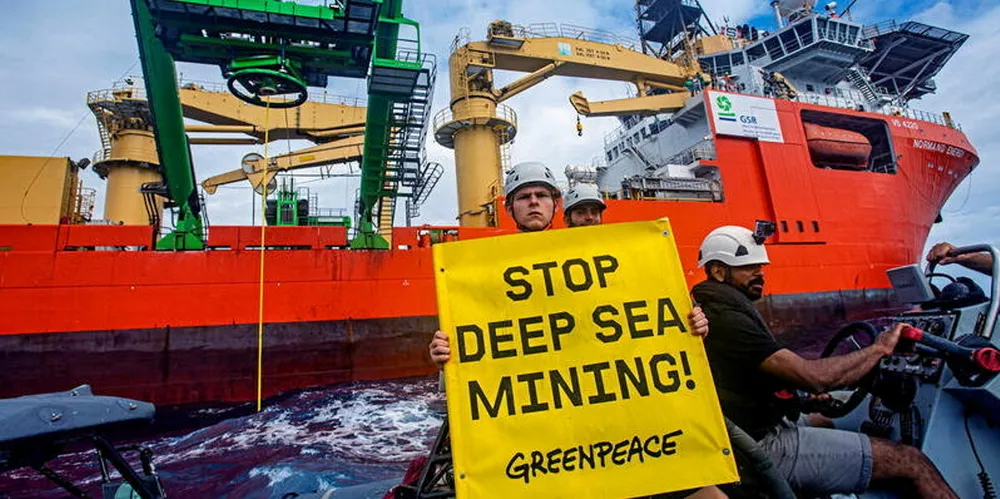Seabed mining plan could set back offshore wind ‘until 2070s’ warn industry giants
‘Seabed mining does not co-exist with offshore wind anywhere in the world,’ New Zealand developers claim

A proposed seabed mining project in New Zealand could block the best sites for offshore wind in the country until the 2070s, developers have warned, prompting the company behind the plan to hit back at their “hostility”.
Offshore wind developers BlueFloat Energy, Elemental Group, Taranaki Offshore Partnership, Sumitomo Corporation and Parkwind sent a briefing paper to the New Zealand government warning that seabed mining and offshore wind are incompatible.
Australian miner Trans-Tasman Resources (TTR) has been bidding to mine off the coast of Taranaki, on the western side of New Zealand’s North Island, for years.
Courts have so far blocked the project, citing environmental concerns. But TTR is now hopeful its plan could be approved under a proposed law that would give government ministers the power to greenlight projects of national importance.
Greenpeace and others have warned the bill is anti-democratic and could see environmental concerns ignored.
In their briefing paper, the offshore wind developers said investigations into potential offshore wind projects off New Zealand have been ongoing since 2019.
They cited a PWC report that found offshore wind could contribute 8GW of capacity in New Zealand by 2050, along with NZ$50bn ($30.5bn) to its economy.
The “vast majority” of interest in offshore wind in New Zealand lies off the coast of Taranaki, they said, due to its excellent wind resource, favourable water depths and port access.
Offshore wind assets “cannot be built” in an operational seabed mining project, they said, due to its “significant disruption” to the sea floor.
The developers said they are “not aware of any international precedent” for offshore wind projects being built on areas previously used for seabed mining, but they anticipated that the seabed would be left “uneven” and could take years or decades to resettle.
Even after this period, “significantly more expensive foundations and equipment” would be required to build turbines there, pushing up the cost of electricity generated.
'Net zero at risk'
“Seabed mining permits are issued for up to 35 years, and significant time will be required for the seabed to consolidate after mining activities conclude,” they said. Offshore wind soil surveys could not begin until after the seabed resettles.
That means that “New Zealand's best sites for the lowest cost offshore wind projects could be blocked until at least the 2070s.”
This could “jeopardise” New Zealand’s ability to meet its 2050 net zero targets, they said, and would “remove a valuable tool” for to reduce energy prices and increase energy security.
They also warned that offshore wind might not even be possible is areas next to seabed mining development because the “cumulative effects” on local ecosystems could be too great.
“Seabed mining does not co-exist with offshore wind anywhere else in the world,” they said.
TTR chair Alan Eggers hit back at the briefing paper, asking, “Why haven't the wind energy proponents ever approached TTR and discussed their proposals for wind energy in the South Taranaki Bight area?”
"Notwithstanding this lack of consultation, they seek to prevent TTR from pursuing its lawful development of natural resources, when the South Taranaki Bight is big enough for both business activities,” he said.
“This hostility is puzzling.”
BlueFloat country manager Nathan Turner is quoted in a Radio New Zealand article as saying the intent of the briefing paper is not to “attack seabed mining or to attack TTR,” but to ensure that people “understand the trade-offs” they would me making if seabed mining went ahead.
Greenpeace seabed mining campaigner Juressa Lee said the project could “be the nail in the coffin” for offshore wind in New Zealand.
(Copyright)